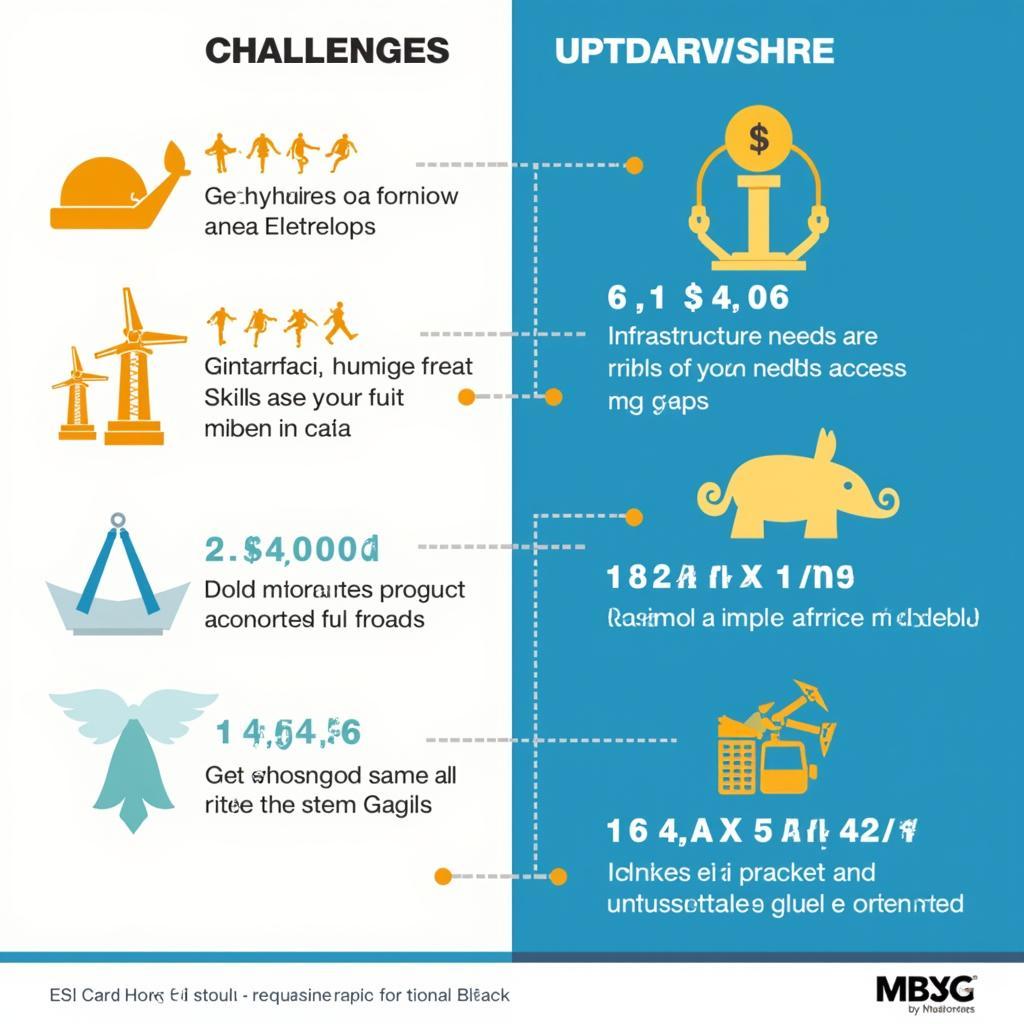The ASE economic outlook is a complex yet crucial topic for anyone interested in Southeast Asia’s financial future. This article delves into the key factors influencing the region’s economic prospects, exploring both challenges and opportunities that lie ahead.
Southeast Asia, often referred to as ASE, is a dynamic region experiencing rapid economic growth. However, understanding the trajectory of this growth requires a nuanced understanding of various internal and external factors. This includes global economic trends, regional trade agreements, and domestic policies within each ASE nation.
Key Drivers of ASE Economic Growth
Several key drivers are shaping the ASE economic outlook. Understanding these factors is critical for businesses, investors, and policymakers alike.
- Digital Transformation: The rapid adoption of digital technologies across Southeast Asia is revolutionizing industries and driving economic growth. From e-commerce to fintech, the digital economy is creating new opportunities and transforming traditional business models.
- Growing Middle Class: The rise of a substantial middle class in ASE is fueling consumer spending and creating a larger market for goods and services. This expanding middle class is a significant driver of economic expansion.
- Intra-ASEAN Trade: The ASEAN Economic Community (AEC) has fostered greater trade and investment within the region. This increased intra-ASEAN trade reduces reliance on external markets and promotes regional economic integration.
- Foreign Direct Investment: ASE countries have become attractive destinations for foreign direct investment (FDI), drawn by the region’s growing consumer market and favorable investment climate. This influx of FDI fuels economic development and creates employment opportunities.
 Key Drivers of ASE Economic Growth
Key Drivers of ASE Economic Growth
Challenges and Opportunities in the ASE Economic Landscape
While the ASE economic outlook is generally positive, challenges remain. Understanding these potential obstacles is crucial for navigating the region’s economic landscape effectively.
- Geopolitical Risks: Geopolitical tensions and uncertainties can impact investor confidence and trade flows, posing a challenge to sustained economic growth in the ASE region.
- Infrastructure Development: While progress has been made, the need for further infrastructure development in some ASE countries remains a key challenge. Improved infrastructure is essential for facilitating trade, attracting investment, and fostering economic activity.
- Skills Gap: Addressing the skills gap in the ASE workforce is vital for maximizing the potential of the digital economy and ensuring sustainable economic growth. Investing in education and training programs is crucial for developing a skilled workforce that can meet the demands of the evolving job market.
 Challenges and Opportunities in the ASE Economic Landscape
Challenges and Opportunities in the ASE Economic Landscape
However, these challenges also present opportunities for innovative solutions and further growth. For example, the need for infrastructure development can attract investment in infrastructure projects, creating jobs and boosting economic activity. ASE credit union routing number might be useful for those looking into financial services in the region.
What are the future prospects for the ASE economy?
The future of the ASE economy appears bright, with continued growth expected in the coming years. However, navigating the complex interplay of challenges and opportunities will be crucial for realizing the region’s full economic potential. Artículos de aseo concepcion could see a rise in demand with the growing middle class.
Conclusion
The ASE economic outlook is promising, driven by factors such as digital transformation, a growing middle class, and increasing intra-ASEAN trade. However, addressing challenges such as geopolitical risks and infrastructure needs is crucial for ensuring sustainable and inclusive economic growth. Understanding the dynamics of the ASE economic landscape is essential for businesses, investors, and policymakers seeking to capitalize on the opportunities and navigate the complexities of this dynamic region.
 Future Prospects of the ASE Economy
Future Prospects of the ASE Economy
FAQ
- What does ASE stand for in this context?
- What are the main drivers of economic growth in ASE?
- What are some of the challenges facing the ASE economy?
- What is the role of the AEC in promoting regional economic integration?
- How is the digital economy impacting the ASE economic outlook?
- What are the prospects for foreign direct investment in ASE?
- What are some of the key policy considerations for promoting sustainable economic growth in ASE?
When you need support, please contact Phone Number: 0369020373, Email: [email protected] Or visit us at: Ngoc Lien Village, Hiep Hoa, Bac Giang, Vietnam. We have a 24/7 customer service team.

